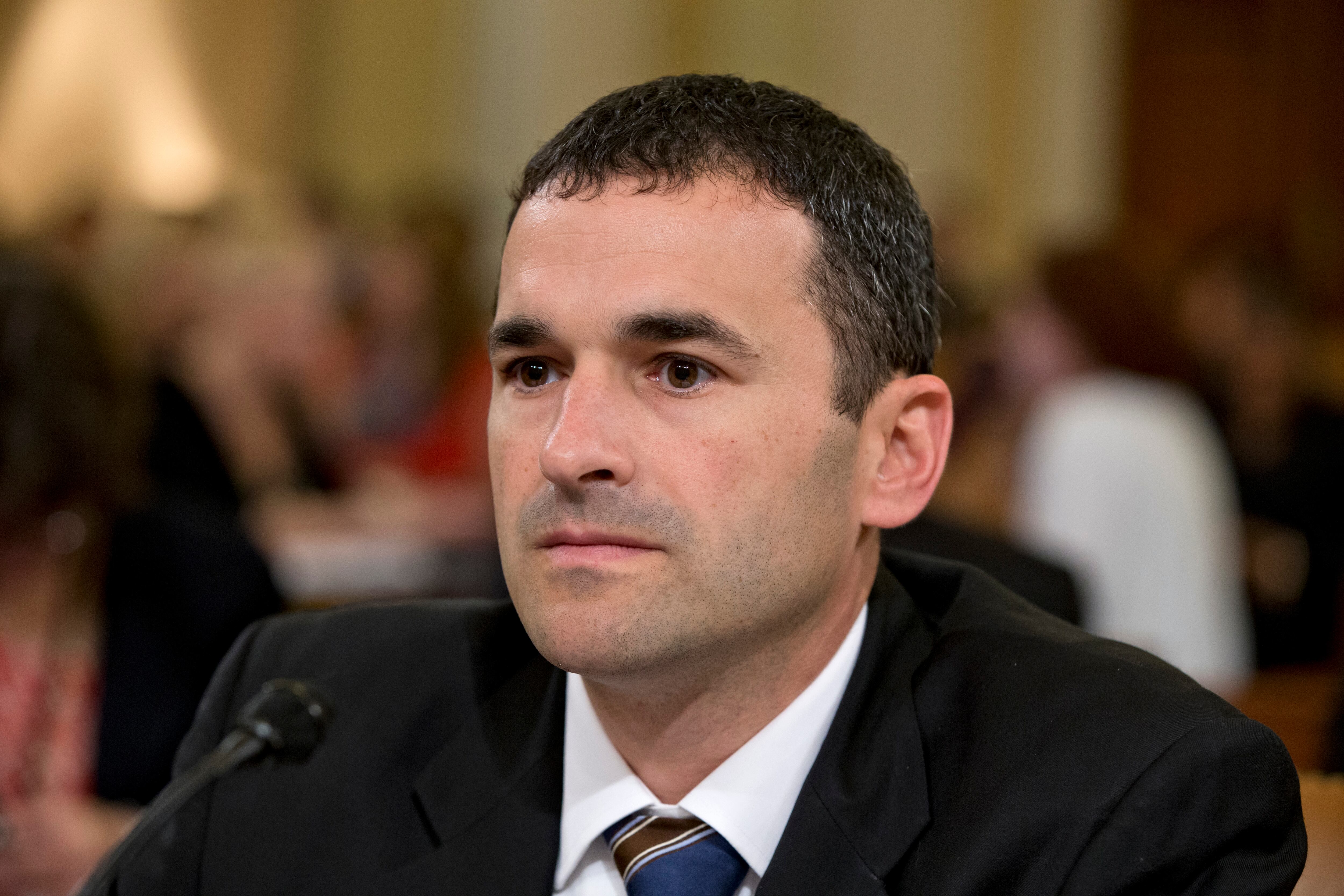The IRS is asking for more money in fiscal 2024 to sustain day-to-day operations after Congress approved most of a Biden administration request for tens of billions of dollars for hiring and modernization at the revenue agency.
Lawmakers on the House Oversight Committee asked Commissioner Danny Werfel last week whether he had enough money for his vision to update the IRS’ outdated technology. He responded that the agency cannot rely on the $60 billion contained in the 2022 Inflation Reduction Act alone.
RELATED

“The answer to the question is: we have enough money as long as Congress appropriates our base budget [and] gives us enough money to run the daily train schedules,” Werfel said at a hearing Oct. 24. “Then we have enough money to get our job done.”
Some Republicans have balked at funding the IRS further over concerns of the agency overstepping its authority.
The debt ceiling agreement signed by President Joe Biden in June scaled back the $80 billion originally sought by the White House over a decade, paring back $10 billion each year for fiscal 2024 and 2025.
“I think we can all agree that [the approved IRA funding is] an incredible amount of money,” said Rep. Virginia Foxx, R-N.C. “That’s a lot of money, even in today’s day ... even after Congress trimmed this amount down to nearly $60 billion in the Fiscal Responsibility Act.”
However, the agency’s request for a higher budget should not be a surprise given the IRA was never intended to supplant appropriations, policy and tax experts told Federal Times.

The IRS estimated it would need $818 million more than it received in 2023 just to maintain services after years of stagnant budgets and workforce shortages.
“As one example, there are approximately 6,500 field revenue agents and IRS receives more than 4 million partnership returns annually,” said former IRS Commissioner Chuck Rettig, who served in the Trump administration, to Federal Times. “It would be impossible to examine a meaningful percentage of these returns, coupled with other examination activities.”
“From any perspective, annual appropriations of $12-13 billion in addition to $60 billion over 10 years is a significant amount of long-term funding for any government agency,” he continued, though that range is still insufficient to fully meet demands on the agency while the tax code has grown in complexity.
Accounting for inflation, IRS funding overall has been cut by 21%, said Chye-Ching Huang, senior director for economic policy at the Center on Budget and Policy Priorities in a 2020 testimony before the House Ways and Means Committee.
An Oct. 10 inspector general report noted that without a restoration of annual appropriations, IRA funding will cover only about two-thirds of modernization plans.
Divisive issue
Funding the IRS has been a divisive issue on Capitol Hill, though. Wary lawmakers said they don’t want to see increased audit rates and law enforcement on low- and middle-income families and small businesses. The agency has vehemently denied that, saying instead it’s focusing on wealthy tax cheats, evasive corporations and overhauling legacy IT to improve returns processing.
“We are putting the money to work today to take a variety of different steps,” Werfel said. “We’re increasing the number of audits on our largest corporations using analytics that we’ve invested in to make sure that we select the right corporations that are the highest risk of shielding income inappropriately. We’ve increased the number of audits on complex partnerships, something that [the Government Accountability Office] has pointed out — how anemic our partnership audit rate is.”
Another issue for the agency is modernization of its technology in order to support growing demands of it. About 32% of the agency’s self-identified legacy software is at least four versions behind the current one, according to GAO.
Thus, one bucket of the IRA was devoted to modernization.
“It’s very, very large and very, very impactful,” Werfel said. “The issue however, is our base budget — our annual budget to run the trains every day. And that’s been underfunded and is still underfunded.”
Werfel said if that trend continues, the IRA money, which is capped and divided into four categories, could be siphoned to fill gaps in the appropriated budget. And some of that money has already been spent.
“Particularly in the service functions, a relatively small amount of the IRA package was devoted to service improvements,” said Alex Muresianu, a federal policy analyst for the Tax Foundation, in an interview. “I think about $3.2 billion out of the $80 billion [originally] allocated, and they have spent quite a lot of it quickly to rapidly improve service.”
That means the agency has spent about 23% of the money it was given for taxpayer services, putting it on schedule to exhaust remaining funds within three or four years, according to the agency.
As for IT upgrades, the IRS announced last week it’s rolling out a pilot program for a free, direct-file tax system in certain states. It’s also trying to make up for delays on retiring its 60-year-old data system. A new deadline has been set for 2028.
RELATED

“Things like making really big technological improvements, you need years of budget certainty to do that,” said Samantha Jacoby, senior legal tax analyst at CBPP. “What we’ve seen with the discretionary budget is these cuts and freezes, and it’s really hard for the IRS to say, ‘In three years, we’ll have this much money.’ But with the IRA, they can do that.”
Hiring, too, can benefit from this assured source of funding after more than 100 continuing resolutions since 2001 have hindered the IRS’ ability to replace retiring employees, Rettig said.
Jacoby also said the President’s budget request of $14.1 billion for this fiscal year also accounts for inflation, while the IRA’s levels are set. The details of the agency’s 2024 budget have not yet been negotiated by Congress after lawmakers passed a continuing resolution in September.
Molly Weisner is a staff reporter for Federal Times where she covers labor, policy and contracting pertaining to the government workforce. She made previous stops at USA Today and McClatchy as a digital producer, and worked at The New York Times as a copy editor. Molly majored in journalism at the University of North Carolina at Chapel Hill.
In Other News




